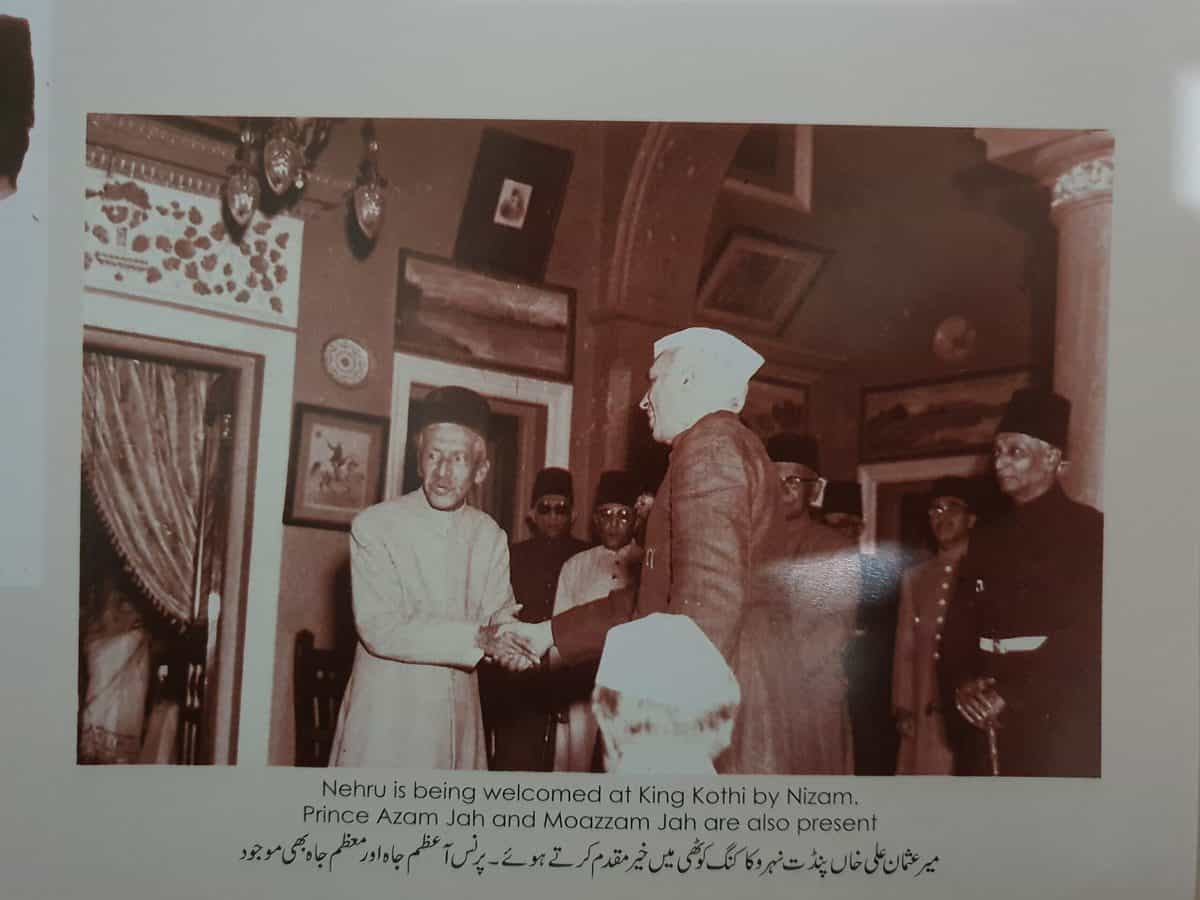Hyderabad: When India gained independence from the British on August 15, 1947, not all of the 500 plus princely states had acceded to India. Among the handful that wanted to stay independent was Mir Osman Ali Khan, the last and seventh Nizam of the erstwhile princely State of Hyderabad.
Khan’s case was a little different, given that his predecessors were not under British subjugation, but more as allies. The Nizams were never independent per say, given that they first ruled over as governors of the Deccan under the Mughal empire (until 1857), and later as allies of the British given that both sides had signed the Treaty of Subsidiary Alliance in 1798 (among others), cementing colonial powers here.
However, when the British left in 1947, they gave monarchs of princely states an option to also stay independent instead of joining India or Pakistan. Osman Ali Khan, being one of the richest men in the world and the ruler of the largest princely state (with 16 districts), clearly wanted to run the Hyderabad State as a country. But of course the Indian government, headed by then PM Jawaharlal Nehru, would not accept it.
If you’re wondering why he made that bid, then the answer is that the princely State of Hyderabad, unlike others, had its own government, telegraph system, railways, industries, army, civil service, a university, and even its own currency (Hali Sikka). However, it was also a state where Muslims accounted for about 10% of the population, and Hindus about 85%.
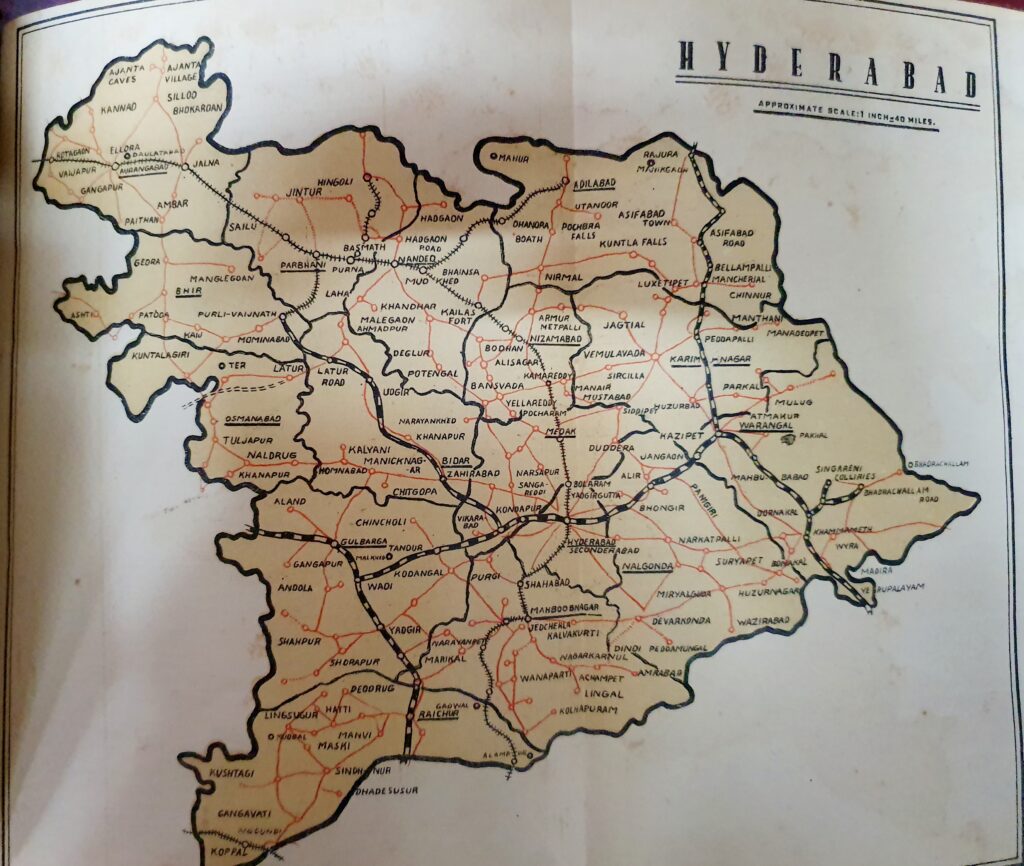
Negotiations were held one after another, Prime Ministers changed in Hyderabad, and an Agent-General from India, KM Munshi, was also sent on the behalf of the Indian Union to sort out the issue of the inevitable merger. But things were not so simple. Even the appointment of Mir Laiq Ali (believed to be pro Razakar), an industrialist who had been working with M A Jinnah in Pakistan, as PM of Hyderabad towards the end did not work.
The Hyderabad state was finally annexed to India on September 17, 1948, after a five-day ‘war’, known as Operation Polo or Police Action. The Indian army was sent, and it took over the state, following which a military governorship had been set-up under J. N. Chaudhuri, from the Indian army. The Nizam was eventually made the Rajpramukh (governor) of the state, until it was disbanded in 1956.
Who was Osman Ali Khan?
A lot has been written about the last Nizam since Operation Polo. While some hail him, and still revere the monarch, others squarely blame him for the death of thousands of Muslims who were killed in the aftermath of Operation Polo (Sunderlal Committee report). But Osman Ali Khan’s life and personality is a lot more complex, given that he always spoke through his decrees and had a larger-than-life ego as king.
Osman Ali Khan was the son of Mahbub Ali Pasha, the Sixth Nizam. A diminutive figure physically, he however made up for it with his presence. Till date, those who have met him, speak of him with respect, regardless of which ever religion they belong to.
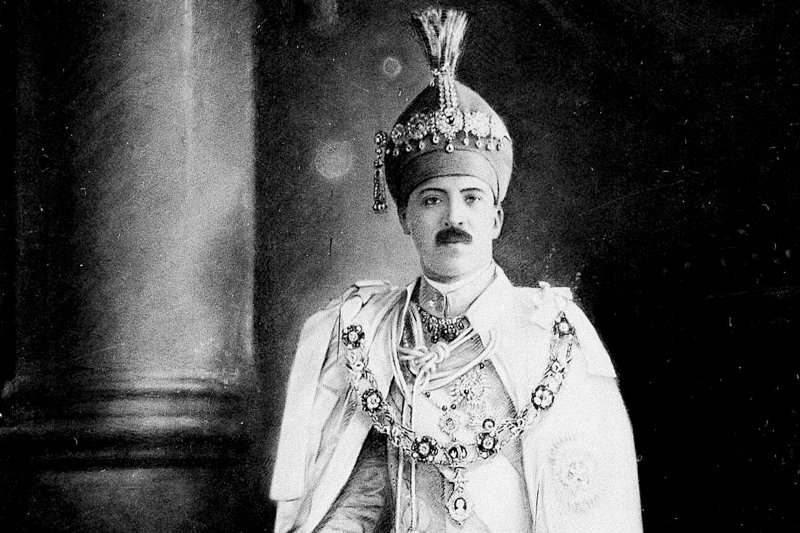
In fact, there is also talk in the common public that Osman Ali Khan was a miser. This is ironical given that he was one of the richest men in the world of his time. However, those who know him closely have told this writer on several occasions that the Nizam was frugal personally, but that he never hesitated to spend on his people. This is true, especially if we look at how he built modern Hyderabad.
The Hyderabad-Deccan State, during his reign (1911-48) comprised of 16 districts: 8 in Telangana, 5 in Maharashtra and 3 in Karnataka. It was the largest state occupying 82,000 square miles of area and had over 16 million people in it. The Telangana region, which occupied 50% of area, was also quite backward, given that feudal-oppression by state-appointed Jagirdars (landlords) was rife.
Out of the state’s total 53,000,000 acres of land, 30,000,000 acres or 60% was government land (revenue), 30% or 15,000,000 acres was under Jagirdars and 10% was directly owned by the Nizams, from which about Rs 20 lakh was extracted from the peasantry annually to meet Osman Ali Khan’s expenditure. This was the norm then, like in other princely states.
However, what sets apart the reign of Osman Ali Khan is the fact that Hyderabad city, unlike the rural areas, had witnessed a spectacular transformation in about 30 years after he became king. While Khan can be rightly blamed for ignoring or letting the feudal system, he can be equally credited with building modern Hyderabad, much ahead of its time in fact.
Transforming Hyderabad
Three years before Osman Ali Khan became king, Hyderabad was devastated by the 1908 Musi River floods, due to which thousands had perished. Moreover, in 1911 the city was also hit by cases of the bubonic plague. It tested his government. However, for a monarchy over 100 years ago, his government acted swiftly and not just saved the city, but also transformed it.
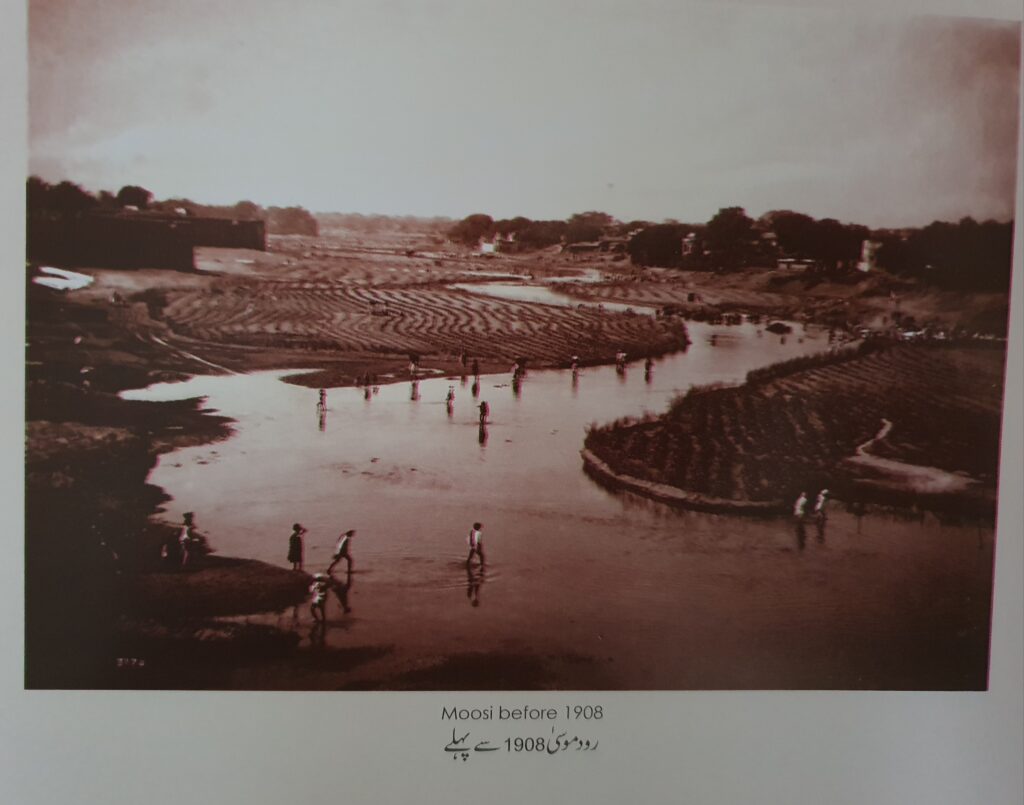
Khan had set-up the City Improvement Board, through which the Hyderabad City’s administration virtually transformed the capital into a modern metropolis.
Apart from constructing major public infrastructure buildings like the High Court, Govt. City College, Osmania General Hospital, Unani Hospital, etc., the CIB also drew redevelopment plans across to decongest slums across the city. The then government concentrated on public infrastructure and also gave a thought about the poor, for whom it built houses.

The modern buildings were in fact designed by none other than the architect Vincent Esch. Most of them, like the High Court, City College and even the Osmania General Hospital, have lasted and served Hyderabad till date. Such was the foresight while constructing public infrastructure. Under the CIB, a total of Rs.50, 85,200 was spent to develop the city during his reign from 1911-48.
The legacy
Today, Osman Ali Khan’s legacy has become contentious. Perhaps if he had the foresight, or even better advisors, his name would not drive people so far wide across both camps. What complicated matters in the run-up to Operation Polo was the fact that a private militia, the Razakars, headed by Qasim Razvi, had indulged in atrocities, especially against Hindus.
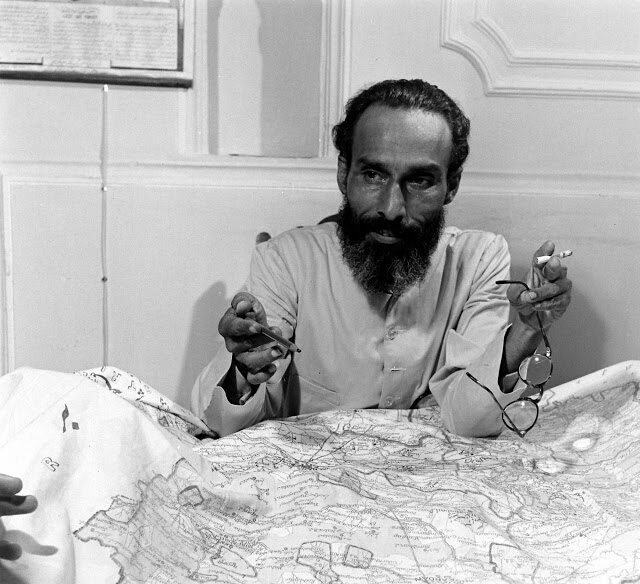
While Razvi clearly had his own intentions and political capital, it is also worth noting the Razakars did in fact had a free hand, which adds credence to the belief that the militia did have support from within the Hyderabad state’s administration.
That Osman Ali Khan was not arrested, and in fact made the Rajpramukh later by the Indian government also shows that the latter had a clearer understanding of the developments before and during Police Action itself.
According to some scholars, the government in Hyderabad after Police Action was run in the name of Osman Ali Khan himself (referring to the interim period leading to him being appointed as Rajpramuk).
To know more about Police Action in detail, click here. Read more about the Jagirdars and the Telangana Armed Struggle here .

